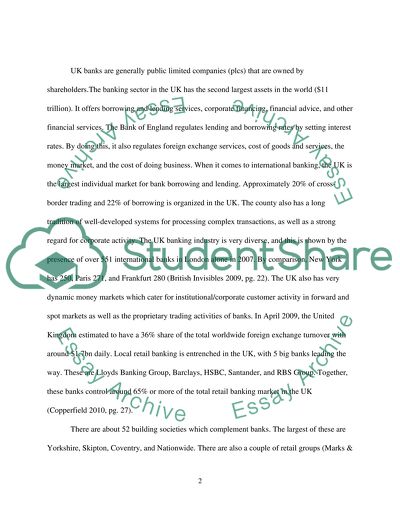Cite this document
(Aspects of the Financial Services Sector in the United Kingdom Coursework, n.d.)
Aspects of the Financial Services Sector in the United Kingdom Coursework. Retrieved from https://studentshare.org/finance-accounting/1404576-uk-financial-services
Aspects of the Financial Services Sector in the United Kingdom Coursework. Retrieved from https://studentshare.org/finance-accounting/1404576-uk-financial-services
(Aspects of the Financial Services Sector in the United Kingdom Coursework)
Aspects of the Financial Services Sector in the United Kingdom Coursework. https://studentshare.org/finance-accounting/1404576-uk-financial-services.
Aspects of the Financial Services Sector in the United Kingdom Coursework. https://studentshare.org/finance-accounting/1404576-uk-financial-services.
“Aspects of the Financial Services Sector in the United Kingdom Coursework”, n.d. https://studentshare.org/finance-accounting/1404576-uk-financial-services.


